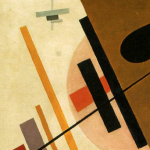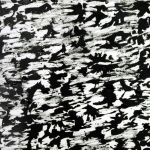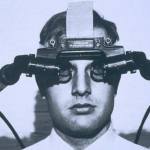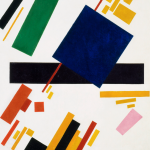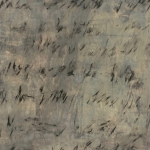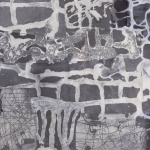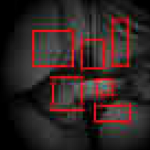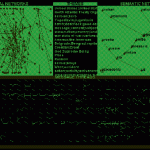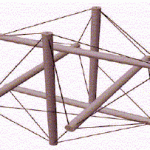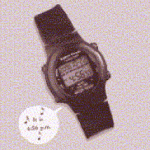First Person, Games, and the Place of Electronic Literature
Scott RettbergScott Rettberg, responding to "The Pixel/The Line" (section 4 of First Person) wonders whether electronic writing isn't evolving into a subspecies of electronic art, one that uses words as material, 'just as sculptors use clay.'
Sandy Baldwin’s response to Lori Emerson
Sandy BaldwinSandy Baldwin responds to Lori Emerson.
Chris Stroffolino’s response to Lori Emerson
Chris StroffolinoChris Stroffolino responds to Lori Emerson
On Materialities, Meanings, and The Shape of Things
Lori EmersonLori Emerson reviews The Shape of the Signifier by Walter Benn Michaels.
John Cayley’s response
John Cayley"Playing with play," John Cayley sets ludology on an even playing field with literature, but without literary scholarship's over-reliance on 'story,' 'closure,' and 'pleasure.'
Feminism, Geography, and Chandra Mohanty
Julie CupplesJulie Cupples reviews a retrospective collection of essays by Chandra Mohanty on the geopolitics of gender and race.
Metaphoric Networks in Lexia to Perplexia
Katherine HaylesReading subjectivity into the software interface, N. Katherine Hayles offers a compelling case for computational authorship.
How I Was Played by Online Caroline
Jill WalkerJill Walker's encounter with a participatory, and vaguely sinister, online narrative.
Interactive Fiction
Nick MontfortWhich alias best fits interactive fiction?
The nominees are:
"Story," "Game," "Storygame," "Novel," "World,"
"Literature," "Puzzle," "Problem," "Riddle," and "Machine."
Read, and decide.
Above Us Only Sky: On Camus, U2, Lennon, Rock, and Rilke
Tim KeaneTim Keane on rock'n'roll awakenings and the lyrical existentialism of U2 (St Patrick's Day Special, 2005)
What Does a Very Large-Scale Conversation Look Like?
Warren SackWarren Sack uses The Conversation Map, a "graphical interface" that analyzes newsgroups and listservs, to analyze the possibilities of discourse analysis itself.
Community of People with No Time
Victoria Vesna"Collaboration shifts": Victoria Vesna investigates the digital/physical limn, the compression of spacetime, and the condition of tensegrity in projects such as n0time and Datamining Bodies.
If Things Can Talk, What Do They Say? If We Can Talk to Things, What Do We Say?
Natalie JeremijenkoThe subtitle - "Using Voice Chips and Speech Recognition Chips to Explore Structures of Participation in Sociotechnical Scripts" - tells the story, partly. But there's more in store.
